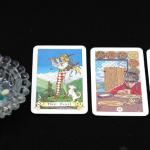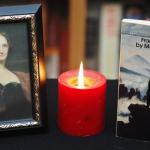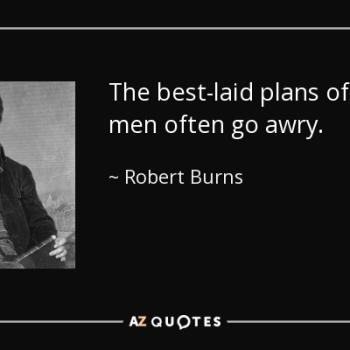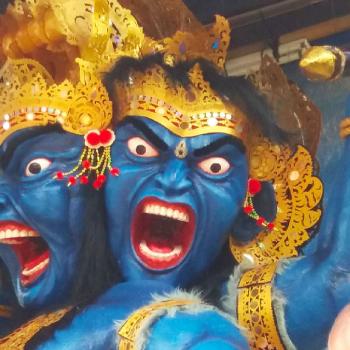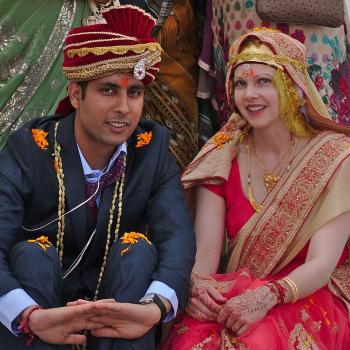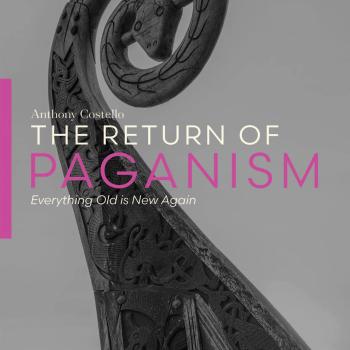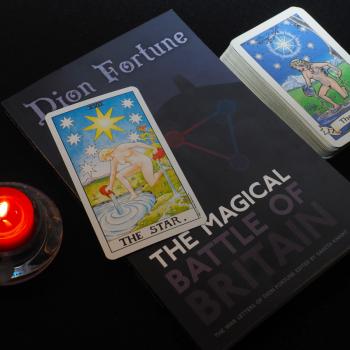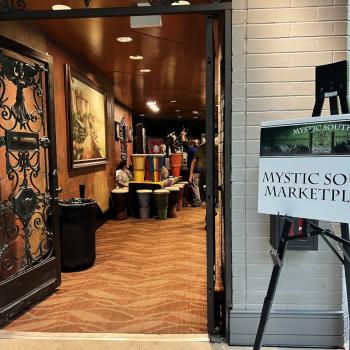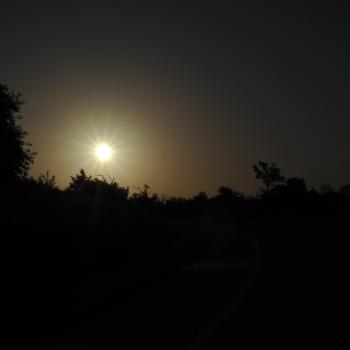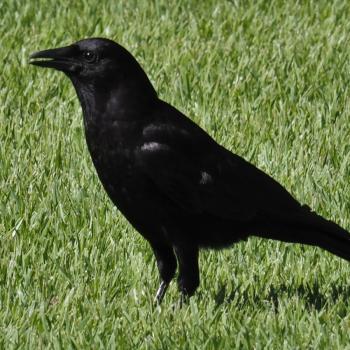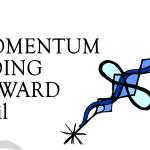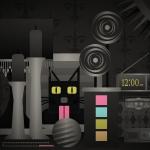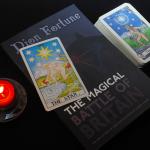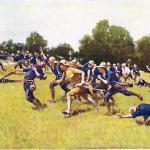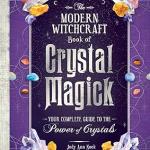This is not a sermon on the ethics of artificial intelligence in general or of AI art in particular.
There are serious ethical issues with the way AI plagiarizes art and with how some companies – and some individuals – use AI to keep from paying artists. Those issues deserve our consideration, particularly as AI grows from its current state as a search engine on steroids to a future when it may approximate or even exceed human intelligence.
This isn’t that conversation. This is something simpler, more basic, more personal.
I’m already tired of AI art.
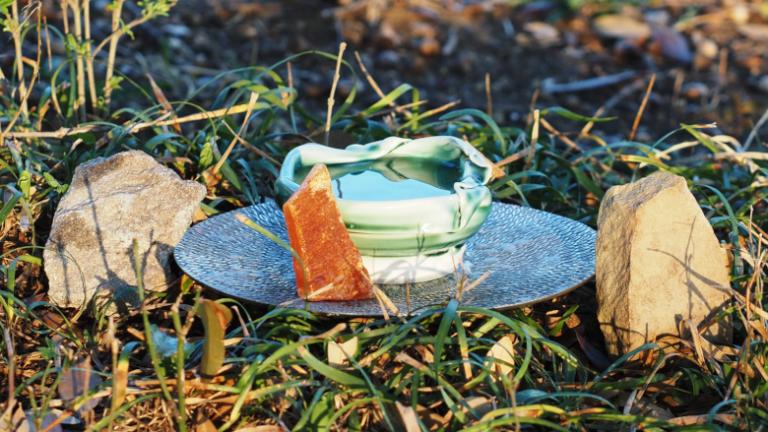
I’m about to drop out of a couple of goth and dark academia groups I’m in on social media. I’m not an active member in any of them. I never post in the dark academia groups and I post in the goth groups maybe once a year. I just like to follow them, pick up recommendations for new music and books and movies, and enjoy the pictures.
Especially the pictures.
I’m an amateur photographer. I take almost all the pictures you see here on the blog, on Instagram, and anywhere else I post. Technically I’m a professional photographer – I’ve sold two pictures – but let’s not kid ourselves.
I know what I am – I’m a good photographer. I’m not a great photographer. I’m not dedicated enough – and I don’t have enough time on top of everything else I’m doing – to try to become a great photographer. But I am trying to get better. When I see a picture that grabs my attention, I try to figure out how the photographer did it. How much is composition, how much is lighting, how much is post-processing? How much is combining two or more photos to create an image of something that doesn’t exist in the ordinary world?
How did they do it, what can I learn from it, and how can I do something like it myself?
There’s an on-going argument among photographers as to how much “Photoshopping” (I don’t use Photoshop or Lightroom – they’re too expensive and I don’t like the workflow. I use GIMP, which is free and has more features than I’ll ever need, even though most of my professional photographer friends find it clunky) you can do before what you have should no longer be considered a photograph. I don’t find that debate particularly useful. What are you trying to do? Are you trying to document an event or are you creating art? We can enjoy both.
At the same time, I want to know what I’m looking at. Is the image a reasonable representation of what I would see with my own eyes if I was there? Have the colors been adjusted to make it more attractive? Is it something that was real but has been edited into something that’s no longer telling the truth? Most fashion models are painfully thin, but sometimes magazines and websites edit their photos to make them look even thinner. Advertising is some of the most malefic magic in the world.
Or is what you’re seeing something completely made up?
With AI, I’m looking at something that never existed. And that’s OK – people have been doing that ever since they started painting animals on cave walls 30,000 years ago. I enjoy Michelangelo and Van Gogh and even Picasso. But when you look at a painting, you know you’re looking at a painting. Paintings are honest.
AI art pretends to be photographs of people and places that never existed. Or it pretends to be paintings done by real humans. It’s not real. It’s not art. I’m not a luddite – learning which set of keywords will produce the images you want can’t be compared to developing the skills necessary to make actual human art.
At the same time, a cool picture is a cool picture. No, that library that looks like it’s part of Dracula’s castle isn’t real, but it’s still fun and interesting. A hot goth outfit is a hot goth outfit, and if a real person hasn’t dressed like that yet, they probably will in the future. It’s entertainment – stop overthinking everything and just enjoy the pretty pictures.
And so I did.
For a while.
And then the feeds went from an occasional AI picture to an AI picture every day to multiple AI pictures a day. It got old. It stopped being the Victorian drawing room we all wish we had and started being just another AI pic.
A couple years ago I stopped following one of the goth hashtags on Instagram. It got overloaded with thirst traps promoting Only Fans accounts. I like hot goth girls as much as the next straight guy, and if you can make money on Only Fans good for you. But I followed a goth hashtag for music and fashion, not for almost-porn. What was interesting at first became ordinary and then became annoying.
It’s the same with AI art. It’s moved from interesting to ordinary, and now it’s moving from ordinary to annoying.
If I have to stop following some groups I’ve enjoyed in order to remove the annoyance, I will. I’m not enjoying them anymore.
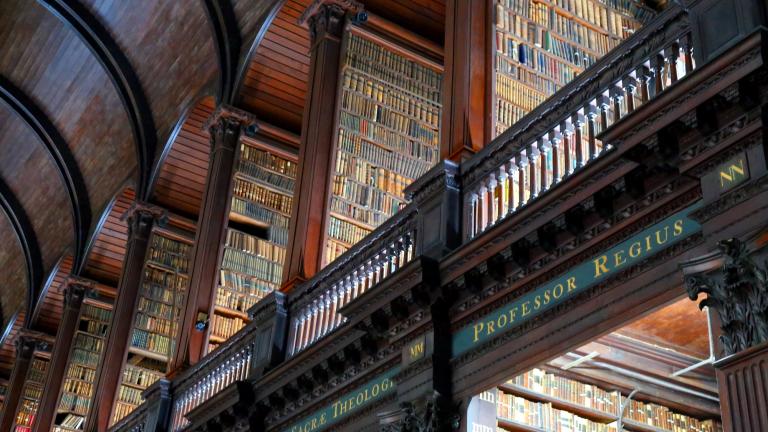
I’ve played with a couple of the AI image generators. They can be fun, though I lost interest rather quickly. I get why people who have an interest in fantastical things like them. It’s not like you can go visit the Hellfire Club and take pictures with your phone. Most of this isn’t taking work away from actual artists, because in the absence of AI these pictures simply wouldn’t be made.
But for all their technical competence (the number of fingers aside) they have a quality about them that resembles the crayon pictures drawn by preschoolers that end up on refrigerator doors across suburbia.
“Mommy, see what I made! Isn’t it good?”
Whatever we really think, we say nice things about children’s indecipherable drawings because we love our children and we want to encourage them to keep practicing at whatever interests them, or to just enjoy it.
We have no such obligations with adults who use plagiarizing software to create pictures nobody asked for that mock the skill and creativity of actual artists.
And also, I’m tired of them.


